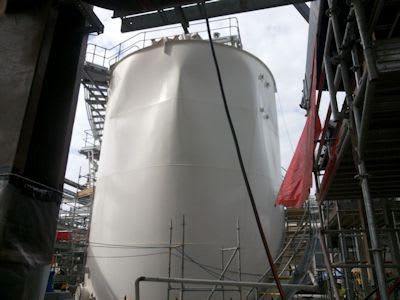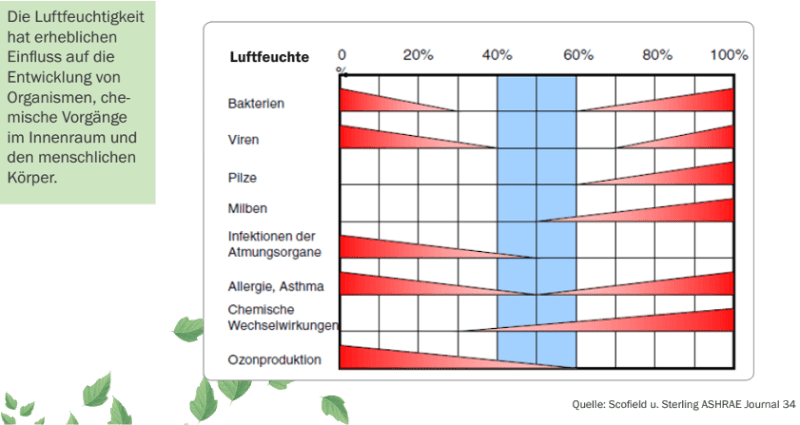ReliaEng2008
Mechanical
Hello,
I am working for a green field project and one of the contract companies just finished erecting some carbon steel API 650 tanks. They will not commissioned for the next 12 months at least. To avoid atmospheric corrosion of the insides of these tanks (internal surface not coated) we are planning to seal them (make them airtight). We would be using blind flanges on all nozzles/manways with no pressure/vacuum relief installed. Those accessories would be installed later when they are ready to be commissioned.
I have a few questions:
(1)Is sealing a tank after fabrication a common preservation practice?
(2)We are concerned about the tank heating up in the sun increasing the pressure inside the tank above its design pressure. The design pressure is +69.20 in H2O (2.5 psig) / -8.31 in H2O (-0.3 psig). I did some high level thermodynamic calculations. Considering that the tank was sealed with air at 70 degrees F inside, the upper design pressure would not be exceeded until the air inside the tank reaches 160 degrees F (which is very unlikely considering that the tank is painted white). But the negative design pressure would be exceeded if the temperature drops 11 degrees F (from 70 to 59).
I am about to recommend we don't seal these tanks. Anyone have any comments of this?
I am working for a green field project and one of the contract companies just finished erecting some carbon steel API 650 tanks. They will not commissioned for the next 12 months at least. To avoid atmospheric corrosion of the insides of these tanks (internal surface not coated) we are planning to seal them (make them airtight). We would be using blind flanges on all nozzles/manways with no pressure/vacuum relief installed. Those accessories would be installed later when they are ready to be commissioned.
I have a few questions:
(1)Is sealing a tank after fabrication a common preservation practice?
(2)We are concerned about the tank heating up in the sun increasing the pressure inside the tank above its design pressure. The design pressure is +69.20 in H2O (2.5 psig) / -8.31 in H2O (-0.3 psig). I did some high level thermodynamic calculations. Considering that the tank was sealed with air at 70 degrees F inside, the upper design pressure would not be exceeded until the air inside the tank reaches 160 degrees F (which is very unlikely considering that the tank is painted white). But the negative design pressure would be exceeded if the temperature drops 11 degrees F (from 70 to 59).
I am about to recommend we don't seal these tanks. Anyone have any comments of this?



![[2thumbsup] [2thumbsup] [2thumbsup]](/data/assets/smilies/2thumbsup.gif)